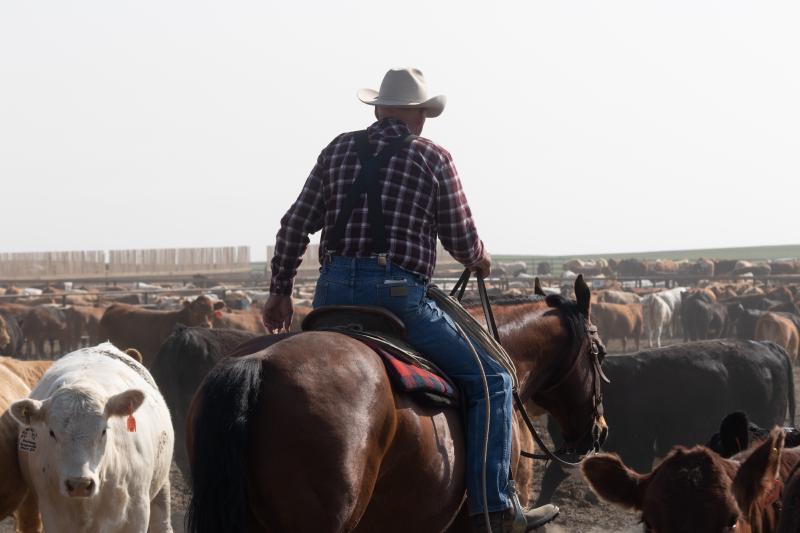Maintaining a high standard of animal welfare that exceeds industry standards is priority No. 1 for at CGF. All the protocols and procedures in place go far beyond what is required of production and handling methods in Canadian feeding operations.
CGF works exclusively with the staff at the Coaldale Veterinary Clinic in Coaldale, Alta., led by Dr. Phil Klassen, a large animal veterinarian with more than 37 years of industry experience.
By working with Dr. Klassen, CGF ensures that its staff have the most relevant, up-to-date training on industry best management practices, including low-stress handling techniques, maintaining cattle comfort, pristine pen conditions and state-of-the-art automated cattle feeding software, promising accurate results for feeding with little waste.
The ownership group is involved in many different working groups, associations and boards related to animal welfare. They follow the latest guidelines for scientifically-proven animal welfare, handling techniques, employee training and feed protocols. This allows the animals at CGF to have a successful stint before being shipped to processors.
The CGF yard is outfitted with the Micro Technology Feedlot Solutions computer system. An all-in-one management system, the program accurately delivers various additives to daily rations that are accurate to less than 1/100th of a gram. Bunks are monitored and tracked wirelessly through its central computer hub and the entire system is CFIA, USDA and EU compliant, which affords CGF to sell their product into a greater supply chain. The precise measurements allow for greater control over inventory and food safety controls.
The CGF feedlot operation is certified in Verified Beef Production Plus (VBP+), a voluntary farm program that requires producers to be audited to demonstrate they use environmentally sustainable practices, promote the highest animal care in their operations, and preserve biosecurity.

The on-location feedmill has been upgraded, as well. The staff at CGF has increased its mill capacity and converted it into a tempering mill. By adding water to the grain, quality and digestibility is enhanced and feed efficiency is improved.
All of these standards are all aligned with the Canadian Food Inspection Agency and the National Code of Practice for the Care and Handling of Beef Cattle.
